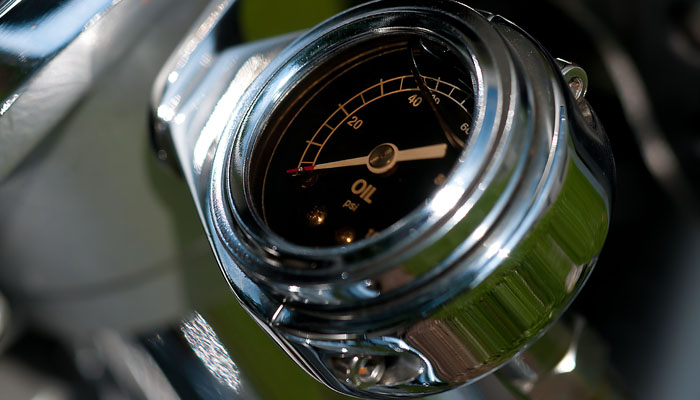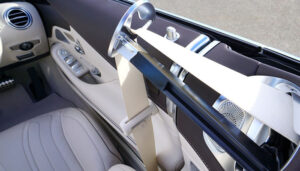One of the basic things that every first-time car owner should know is the right usage of transmission fluid. When you do not pay attention to it, you are facing expensive transmission replacements and repairs. If worse comes to worst, you might end up with a malfunctioning vehicle. One of the common mistakes that drivers commit is adding too much transmission fluid in their car.
In this article, we will discuss the necessary details you need to know about correctly using the transmission fluid. However, we do recommend that you check your car manual to identify the specific type of fluid to use for your vehicle. This will help you avoid damaging certain parts of your car.
What is the Purpose of a Transmission Fluid
The transmission fluid functions as a lubricant that ensures your car is running smoothly. It specifically targets the transmission whose parts produce friction as they move while the vehicle operates. Lubrication may be the primary purpose of using transmission fluid. However, it also serves other functions:
- Conditioning the gaskets
- Protecting metal surfaces from wear
- Assists in controlling the temperature
- Helps in increasing the rotational speed
How Much Transmission Fluid Should I Add?
Ideally, you should only pour about half-a-quart of fluid at a time. It is possible for the dip-stick to show full, even when it is not. Start the engine and let it run for about five minutes. Once the engine is warm, you can recheck the level. Add in much fluid as necessary until you read full on the dip-stick.
Watch out for the cold mark in a cool engine. The transmission fluid has to be at its upper end. On the other hand, the hot one should be at the upper end of the hot mark. Make sure that the fluid level is within the safe zone. It should be between the two marks in a warm engine.
In general, transmissions take about 9 to 13 quarts to fill completely. The amount of transmission you add will vary, depending on whether you are draining or replacing it all or you are just topping it up. Again, you should avoid adding too much. It is advisable to put in little amounts at a time.
How to Know if your Transmission is Overfilled
These are the three signs of an overfilled transmission:
- There’s a puddle of the fluid is forming under the transmission. Make sure you check the seals of the transmission for leakage.
- You can’t shift properly. This is usually a result of foamy fluid.
- Your engine overheats because the transmission fluid fails to negate friction.
When you overfill an automatic transmission, the fluid starts to foam. Consequently, you will encounter oil starvation, gear shifting issues and transmission damages. On the other hand, when you overfill a manual transmission, fluid will start to leak from the vent. Moreover, you will encounter problems with the gear when you depress the clutch. Whether your car has an automatic or manual transmission, it has some methods to relieve excess pressure.
When you add too much transmission fluid, you might cause early damage or failure of parts due to excess pressure. Some elements in your vehicle can become completely unstable with the pressure shifts from low to maximum.
You might even cause worse damages when you try to change gears in this condition. The pressure can cause frictions that may break parts and push out snap rings. This can cause unexpected failures or severe damages.
So, when you shop in brand-new or used car dealerships, make sure you learn how to use transmission fluids as well correctly. In most cases, it is best to bring your vehicle to a professional mechanic. They should be able to maintain your car’s fluids for you.



